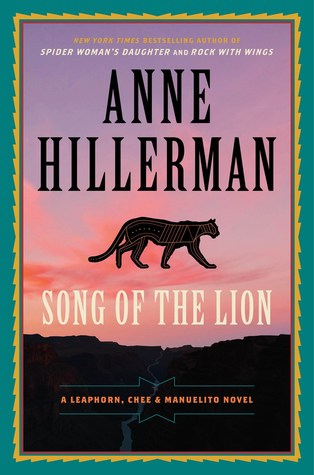 Song of the Lion by Anne Hillerman
Song of the Lion by Anne Hillerman Formats available: hardcover, large print, ebook, audiobook
Series: Leaphorn and Chee #21, Leaphorn Chee and Manuelito #3
Pages: 304
Published by Harper on April 11th 2017
Purchasing Info: Author's Website, Publisher's Website, Amazon, Barnes & Noble, Kobo, Bookshop.org
Goodreads
A deadly bombing takes Navajo Tribal cops Bernadette Manuelito, Jim Chee, and their mentor, the legendary Lieutenant Joe Leaphorn, back into the past to find a vengeful killer in this riveting Southwestern mystery from the bestselling author of Spider Woman’s Daughter and Rock with Wings
When a car bomb kills a young man in the Shiprock High School parking lot, Officer Bernadette Manuelito discovers that the intended victim was a mediator for a multi-million-dollar development planned at the Grand Canyon.
But what seems like an act of ecoterrorism turns out to be something far more nefarious and complex. Piecing together the clues, Bernadette and her husband, Sergeant Jim Chee, uncover a scheme to disrupt the negotiations and inflame tensions between the Hopi and Dine tribes.
Retired Lieutenant Joe Leaphorn has seen just about everything in his long career. As the tribal police’s investigation unfolds, he begins to suspect that the bombing may be linked to a cold case he handled years ago. As he, Bernadette, and Chee carefully pull away the layers behind the crime, they make a disturbing discovery: a meticulous and very patient killer with a long-simmering plan of revenge.
Writing with a clarity and grace that is all her own, Anne Hillerman depicts the beauty and mystery of Navajo Country and the rituals, myths, and customs of its people in a mystery that builds on and complements the beloved, bestselling mysteries of her acclaimed father, Tony Hillerman.
My Review:
This case starts out with a very literal (and also very large) bang. Navajo Tribal Police Officer Bernadette (Bernie) Manuelito has a rare night off. Unfortunately it isn’t a night off that she can share with her husband Jim Chee, also an officer with the Tribal Police. Left to her own devices, Bernie does what a couple of thousand other people are doing that night, going to a basketball game.
Although basketball is a VERY big deal on the rez (Bernie herself played back in high school) this game draws an even bigger crowd than usual. The current high school team are playing against a team made up of veterans from some of Championship teams of the relatively recent past. Everybody wants to see the hometown heroes, and discover whether or not age and experience really can beat youth and skill.
Bernie never gets to see the end of the game, because a bomb goes off in the parking lot. Suddenly Bernie finds herself back on the clock, trying to keep the crowd away from the very big mess (cars explode! car lots full of cars explode LOTS!)
Bernie finds herself in the middle of all the chaos, trying to keep the crowd contained and the crime scene relatively uncontaminated, while searching for any possible victims or suspects (or both) and praying that more officers arrive to help manage the 3,000+ attendees along with all the cars showing up to pick up kids at the end of the game. And she needs the FBI, much as she hates even thinking that, because they are the ones with explosives expertise.
It’s a mess that only gets messier, and more confusing, over the days ahead.
Because there are no coincidences in Bernie’s world, as she was taught by the “Legendary Lieutenant” Joe Leaphorn, the bombing ties into a much larger case. It seems like the intended victim was a hometown hero on that Championship team, but now he’s a big-shot lawyer from the big city. And he’s come back to the Rez not just for a basketball game, but to serve as mediator for all of the many, varied, contradictory and non-cooperative factions who are debating (loudly, heatedly and occasionally violently) about whether there should be any development at all at the base of the Grand Canyon.
A debate that feels like it is nearly as old as the Canyon itself. And equally immovable.
In the wake of the bombing, Jim Chee gets stuck body-guarding the mediator on his trip to Tuba City. Chee hates being a bodyguard, but not nearly as much as Aza Palmer hates having one.
Aza keeps giving Jim the slip. Eventually that is bound to catch up with him. With all of them. With catastrophic results. For multiple definitions of “catastrophe”.
Escape Rating A: I have to admit upfront that I love this series. I listened to the earlier books, written by the author’s father Tony Hillerman, back when I had a long commute. (If you have a long drive ahead of you, audiobooks are marvelous, and mysteries are particularly good. It’s nearly impossible to thumb to the end to find out “whodunnit”.)
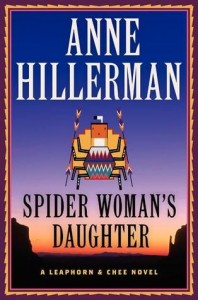 When Tony Hillerman died in 2008, I assumed this series was over. So when his daughter Anne revived it in 2013 with the absolutely awesome Spider Woman’s Daughter, it felt like a miracle. Not just for the opportunity to catch up with “old friends” as the protagonists in long-running series often turn out to be, but also because Anne found a way to make the series her own, by shifting much of the perspective from the two male cops, Leaphorn and Chee, to Bernie Manuelito, giving readers a new perspective on the cases and a different perspective on Navajo life in the 21st century. Unlike both of the men, Bernie is often caught between two worlds and two sets of obligations. While she loves her job, and is every bit as good a cop as her husband or any other male officer, unlike them she still keeps up much of her more traditional role as her mother’s oldest daughter, and as her wayward younger sister’s protector. She often finds herself between the rock of her job and the hard place of her family in a way that neither Leaphorn nor Chee ever experienced.
When Tony Hillerman died in 2008, I assumed this series was over. So when his daughter Anne revived it in 2013 with the absolutely awesome Spider Woman’s Daughter, it felt like a miracle. Not just for the opportunity to catch up with “old friends” as the protagonists in long-running series often turn out to be, but also because Anne found a way to make the series her own, by shifting much of the perspective from the two male cops, Leaphorn and Chee, to Bernie Manuelito, giving readers a new perspective on the cases and a different perspective on Navajo life in the 21st century. Unlike both of the men, Bernie is often caught between two worlds and two sets of obligations. While she loves her job, and is every bit as good a cop as her husband or any other male officer, unlike them she still keeps up much of her more traditional role as her mother’s oldest daughter, and as her wayward younger sister’s protector. She often finds herself between the rock of her job and the hard place of her family in a way that neither Leaphorn nor Chee ever experienced.
(While the entire series is great, 21 books in may seem daunting to a new reader. And as much as I loved them at the time, I don’t think it is necessary to read the whole thing to get the background, especially since so much has changed. Starting with Spider Woman’s Daughter will bring any new reader up to speed with where the characters are now.)
The case in this story is fascinating, although not really about the bombing. One of the things about mysteries in general is that people are always people, both good and bad. In the end, the motives always turn out to be the familiar ones. And as so often happens, the past catches up with the present.
But in this series the surroundings and the background keep the reader enthralled every bit as much as whatever the mystery is. The background of this particular case is particularly intractable. There are multiple competing interests. Every single group involved is extremely passionate about their argument, whether they want to develop the Canyon, preserve it as it is, or something either in between or more extreme.
Even the groups that seem to be on the same side can’t agree with each other. And on top of that there’s a group that just wants to cause trouble and get media coverage, no matter what they have to do to get it. Everyone has a stake, and it seems like everyone wants to shove their stake into someone else’s heart. The FBI is up to their eyeballs in potential suspects for the bombing.
Watching the mediator attempt to herd all of the cats is both interesting and enlightening. In spite of the rumors that surround the event, his role is to referee, not to promote an agenda of his own. He’s very, very good at his job. And it turns out, very, very bad at family. Which is what the case comes back to in the end.
People are always people. But sometimes lions are more than they seem.

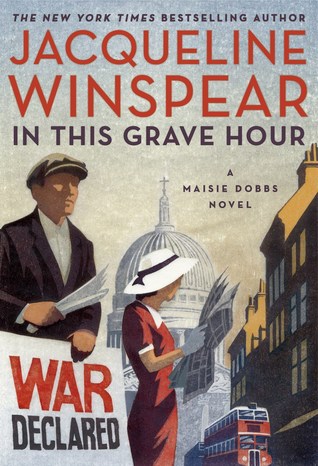 In This Grave Hour (Maisie Dobbs, #13) by
In This Grave Hour (Maisie Dobbs, #13) by 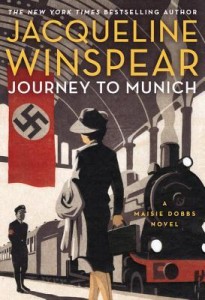 As the story opens, Maisie is dragged away from the war announcement to meet an old colleague. Dr. Francesca Thomas, in her guise as a member of the Secret Service, prepared Maisie for her undercover task in
As the story opens, Maisie is dragged away from the war announcement to meet an old colleague. Dr. Francesca Thomas, in her guise as a member of the Secret Service, prepared Maisie for her undercover task in 
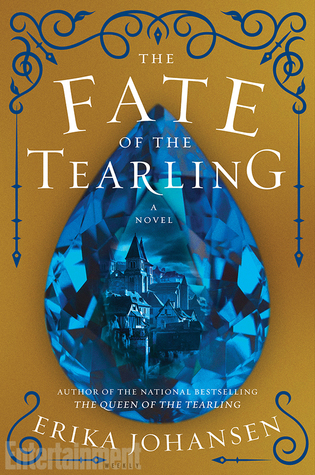 The Fate of the Tearling (The Queen of the Tearling, #3) by
The Fate of the Tearling (The Queen of the Tearling, #3) by 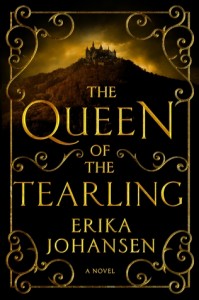 This was awesome. As is the entire trilogy, starting with
This was awesome. As is the entire trilogy, starting with 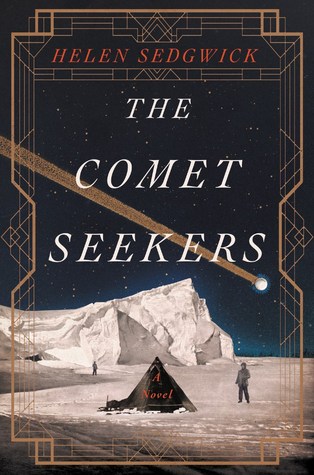 The Comet Seekers by
The Comet Seekers by 
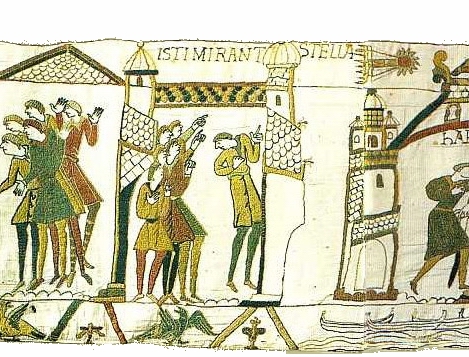
 The Summer Guest by
The Summer Guest by  Terrible Virtue by
Terrible Virtue by 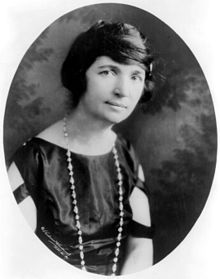
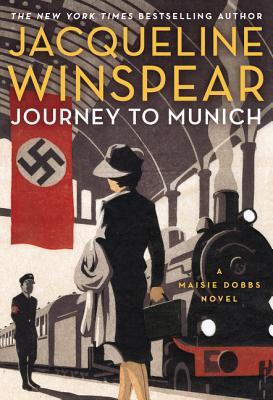 Journey to Munich (Maisie Dobbs, #12) by
Journey to Munich (Maisie Dobbs, #12) by 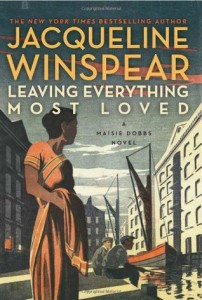 Maisie Dobbs is singularly alone. She lost her first love to a bomb that exploded in the aid station they were working in. While he physically survived, mentally he was gone. In the interstitial period between
Maisie Dobbs is singularly alone. She lost her first love to a bomb that exploded in the aid station they were working in. While he physically survived, mentally he was gone. In the interstitial period between 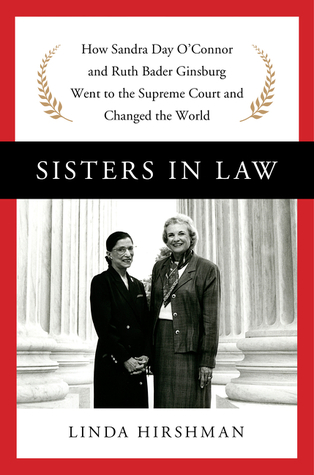 Sisters in Law: Sandra Day O'Connor, Ruth Bader Ginsburg, and the Friendship That Changed Everything by
Sisters in Law: Sandra Day O'Connor, Ruth Bader Ginsburg, and the Friendship That Changed Everything by